PLAN(T) AHEAD
A Whole ‘Nuther Garden
It’s hard to imagine that the weather will eventually turn cool, then cold. But of course it will, I’ve been planning what vegetables to grow late in the season after cool temperatures have sapped the vitality from tomatoes, cucumbers, and peppers. You might also consider it, because growing fall vegetables is like having a whole other garden, but in the same space.
Cool weather brings out the best flavor from vegetables such as kale, broccoli, and carrots. And the harvest season is long; fall vegetables just sit pretty awaiting harvest at your leisure.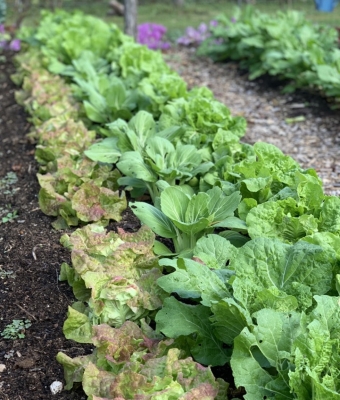 I hew to three commitments I make every summer in planning for fall vegetables.
I hew to three commitments I make every summer in planning for fall vegetables.
The first is to maintain soil fertility. Getting another growing season out of my garden means more fertility is needed, so fertilizer and/or liberal amounts of compost or other organic matter needs to be added to the soil. Fall’s predominantly leafy vegetables are heavy feeders.
My fertility system used to be an annual sprinkling of soybean meal (3 pounds per 100 square feet), for nitrogen, topped with a one inch depth of compost, for other nutrients as well as biological and physical benefits to plants and soil. Anytime is a good time for the compost and soybean meal treatment.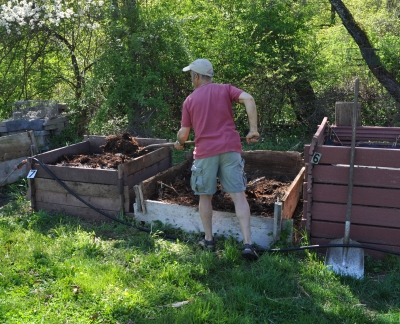
A few years ago I made a computation for the average amount of nitrogen that would be released by the compost, and concluded that a one inch depth of compost supplied it. So I walked my talk and now maintain fertility (and other soil benefits) with only compost which, because my garden is never tilled, is just laid atop the ground. I describe all this in detail in my book Weedless Gardening.
Second, I keep an eye on watering. My vegetable gardens are watered with drip irrigation, with a battery operated water timer turning the water on and off four times a day for eight minutes at each watering. That may seem like lots of water, but with drip irrigation the water literally only drips out during each of those eight minute watering sessions. I do check the system regularly to make sure all is working okay.
Seedlings and seeds beginning life in summer often can’t get enough water for themselves because the wetting front within the soil might be a few inches below the ground surface at some distance from each drip line. No problem: I just hand water for a few days until the roots grow down into the wetting front.
Natural rainfall and cooler temperatures will lessen or eliminate watering chores as fall approaches.
My third commitment is to weed. Summer weeds compete with vegetable plants for water, space, and nutrients.
What? When
To figure out when to sow any fall vegetable, I look on the seed packet for the “days to maturity.” Cool weather and diminishing sunlight dramatically slow growth as fall approaches, so here at the farmden in Zone 5, I count on any vegetable being ready for harvest about the end of September. For vegetables that usually are transplanted, such as broccoli, cauliflower, and cabbage, I add 3 weeks, which is how long these plants need to grow to transplant size.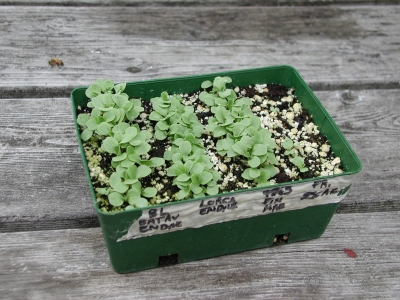
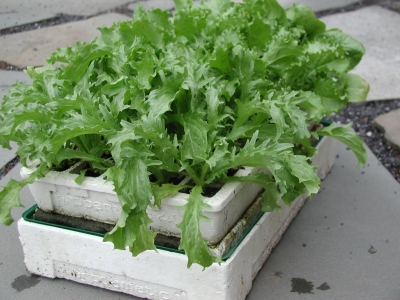
Endive seedings
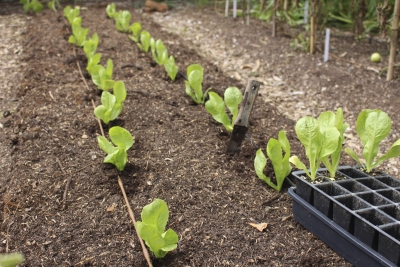
Planting out endive seedlings
The first wave of fall planting was a few weeks ago when I sowed fall broccoli, endive, cabbage, carrots, beets, and parsley, all of which need a relatively long season to mature. Then again, in recent years, warm weather held on well into fall and the first fall frosts have been pushed later and later. I remember waking up mornings in early October to the site of tomato vines blackened by frost. Not so these last few years.
There’s plenty of time for a second wave of planting for fall vegetables such as lettuce, chinese cabbage, kale, and collards. It pays to check the days to maturity for Chinese cabbages; there are many varieties, and quicker maturing ones will bolt to seed if sown too early. This sowing of lettuce will be the first of a few. Every couple of weeks I sow small amounts to make sure there’s always enough tender, young leaves or firm heads for the salad bowl.
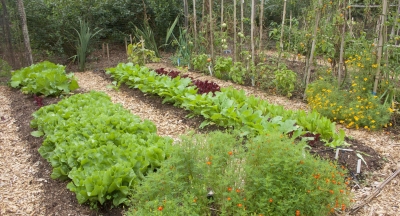
As tomatoes wane later in season, fall vegetables thrive
Vegetables in this second wave of planting for fall follow my earlier plantings of bush beans or sweet corn, which are cleared away once their harvest is over. Or I sow seeds in flats for transplanting 3 weeks later. The nice thing about using transplants is that there’s no need to plant a whole row at once — I can tuck plants in here and there as space becomes available.
Early next month, when I have gathered up mature onion and garlic bulbs and perhaps dug up cucumber vines that finally succumb to bacterial wilt, is the time for yet a third wave of fall planting.
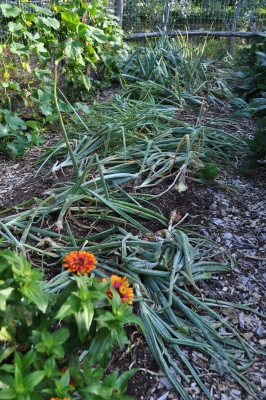
Onion bed almost ready for harvest
I sow seeds of spinach, mustard, arugula, and turnips directly in the ground. I also plant small radishes, the kind you normally sow in spring, and some offbeat fall greens, such as mache and miner’s lettuce (Claytonia). I’ve yet to try shungiku, an edible chrysanthemum.
The final crop for the fall vegetable garden — sown anytime before the end of September — is not for me, but for the soil. This would be a so-called cover crop, usually rye grain or oats, sown to protect the soil surface from pounding rains and wind and to conserve nutrients, and improve tilth.

As tomatoes wane later in season, fall vegetables thrive
The cover crop also looks nice, a verdant blanket over the ground late into fall.
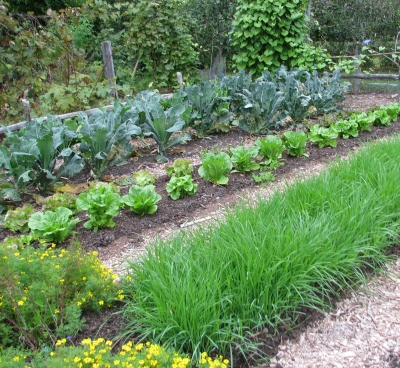
Lush fall vegetables and a cover crop


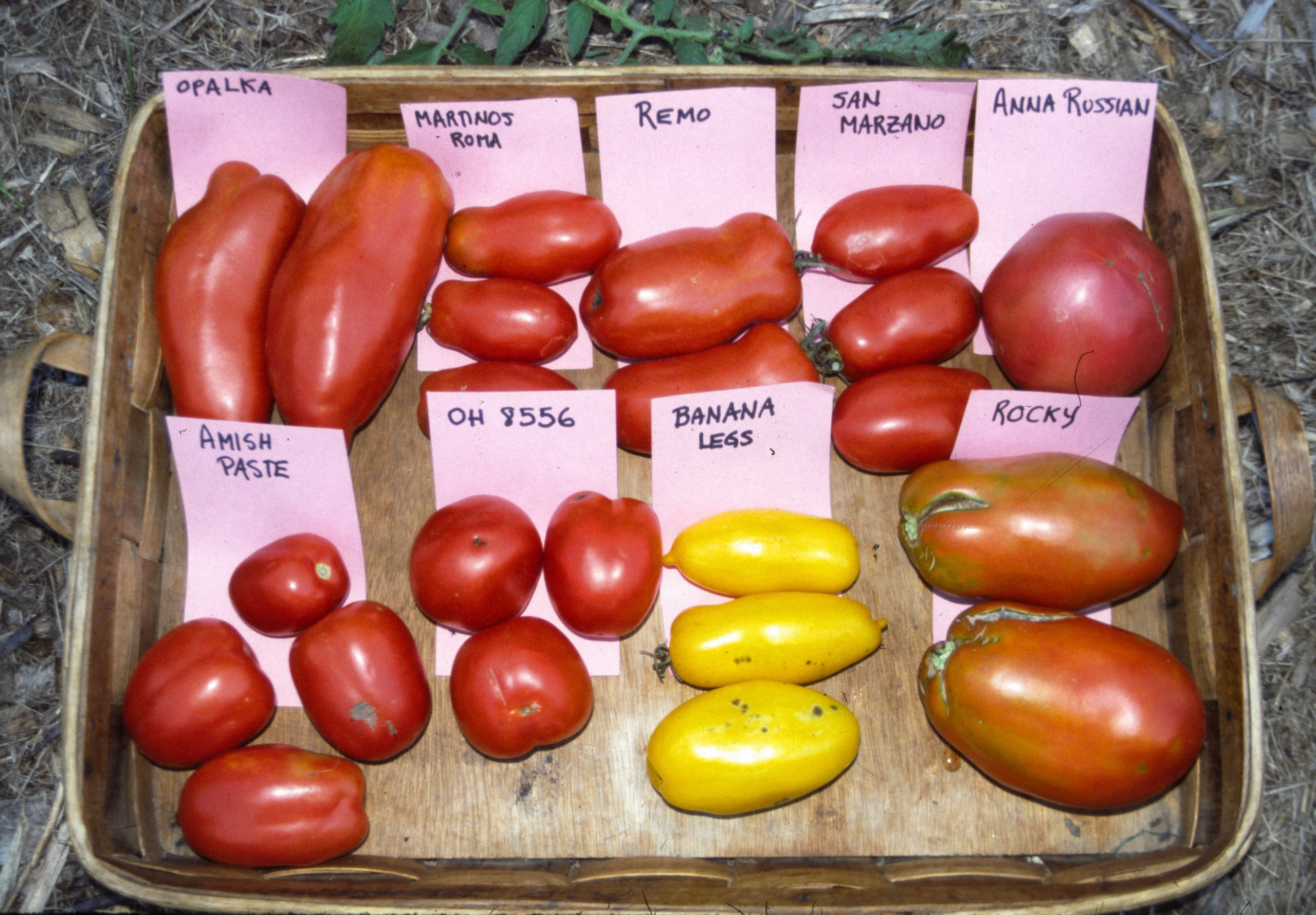
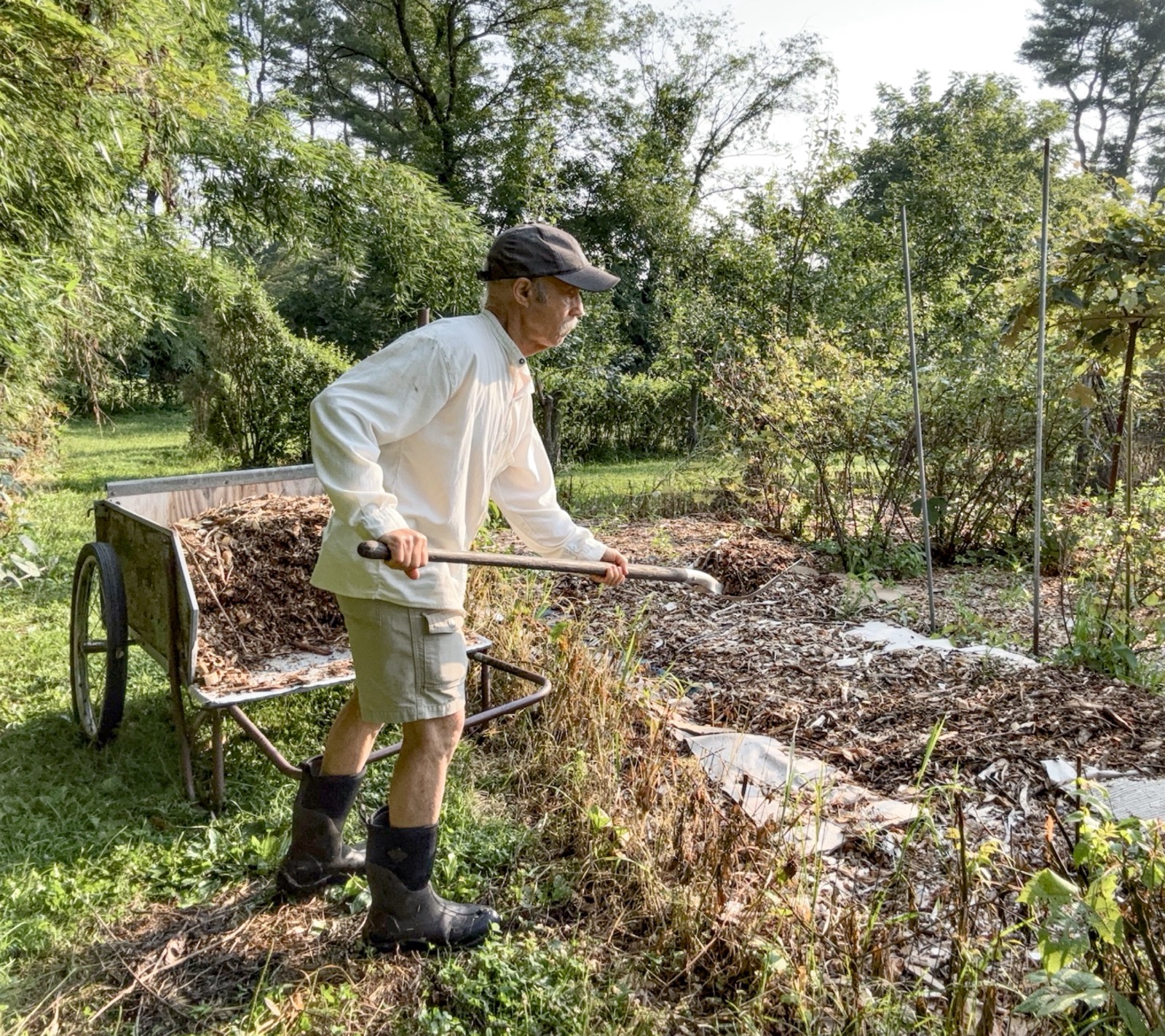
Leave a Reply
Want to join the discussion?Feel free to contribute!